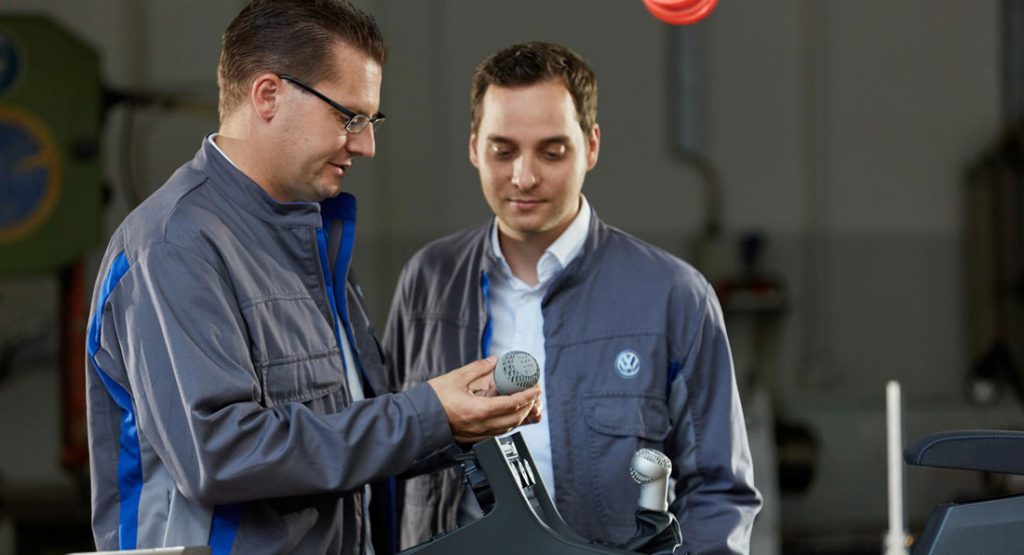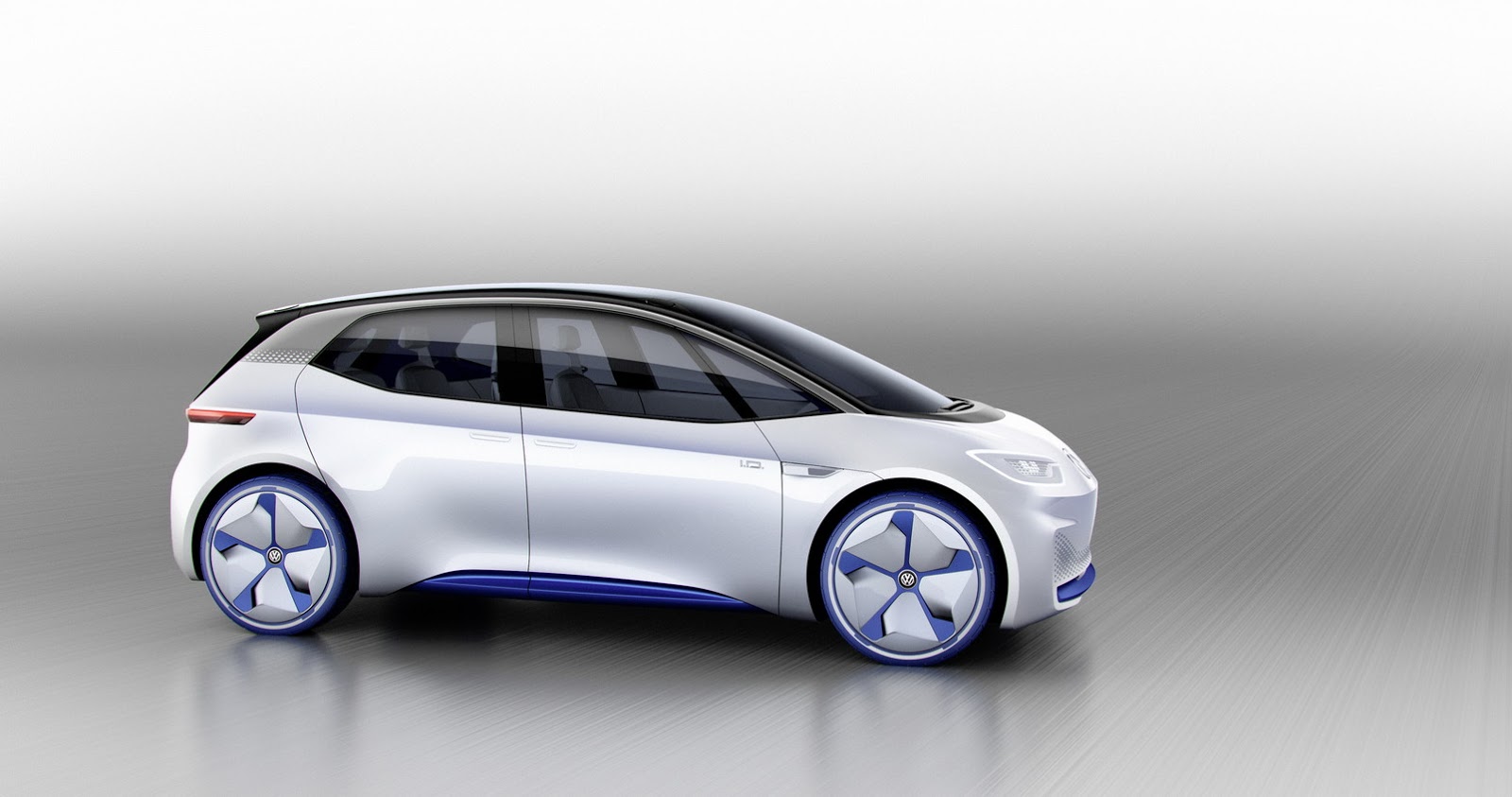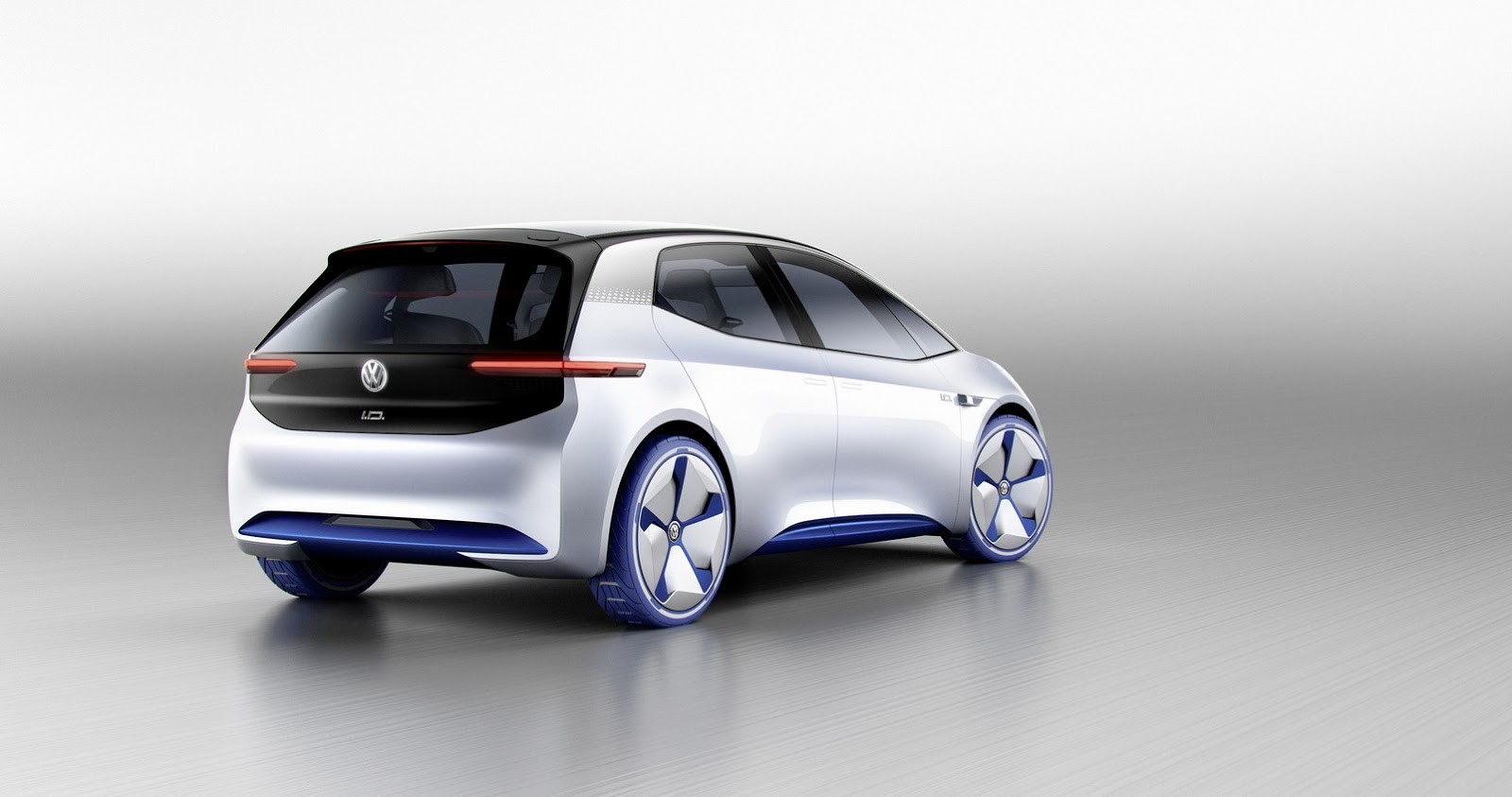Volkswagen is gearing up to use 3D printing at a mass scale previously unexplored by any other automaker.
While we’ve seen prototypes of 3D printed cars and some vehicles currently on the market incorporate small parts made by a 3D printer, VW is pressing ahead with the development of the technology for mass production.
Helping the car manufacturer to radically develop 3D printing in the automotive space is the new metal jet 3D printer from HP. This new printer specializes in making parts from metal and promises to be up to 50 times more productive than printers to come before it. Consequently, Volkswagen can use the printer to produce a large number of parts without having to develop and manufacture the corresponding tools that it would using more traditional methods.
We are living in the future.
Volkswagen is collaborating with HP and GKN to introduce 3D printed parts to its production vehicles as soon as possible. Initially, small parts including tailgate lettering, special gear knobs, and special keys with personalized lettering will be manufactured for customers. As development of the technology increases, Volkswagen hopes to begin 3D printing the first structural components for mass-production vehicles within two to three years.
“A complete vehicle will probably not be manufactured by a 3D printer any time soon, but the number and size of parts from the 3D printer will increase significantly,” head of technology planning and development at Volkswagen, Dr. Martin Goede said.
“Our goal is to integrate printed structural parts into the next generation of vehicles as quickly as possible. In the long term, we expect a continuous increase in unit numbers, part sizes and technical requirements – right up to soccer-size parts of over 100,000 units per year.”
HP’s new 3D printer produces parts layer by layer using a powder and binder. The resulting part is then baked into a metallic component.






